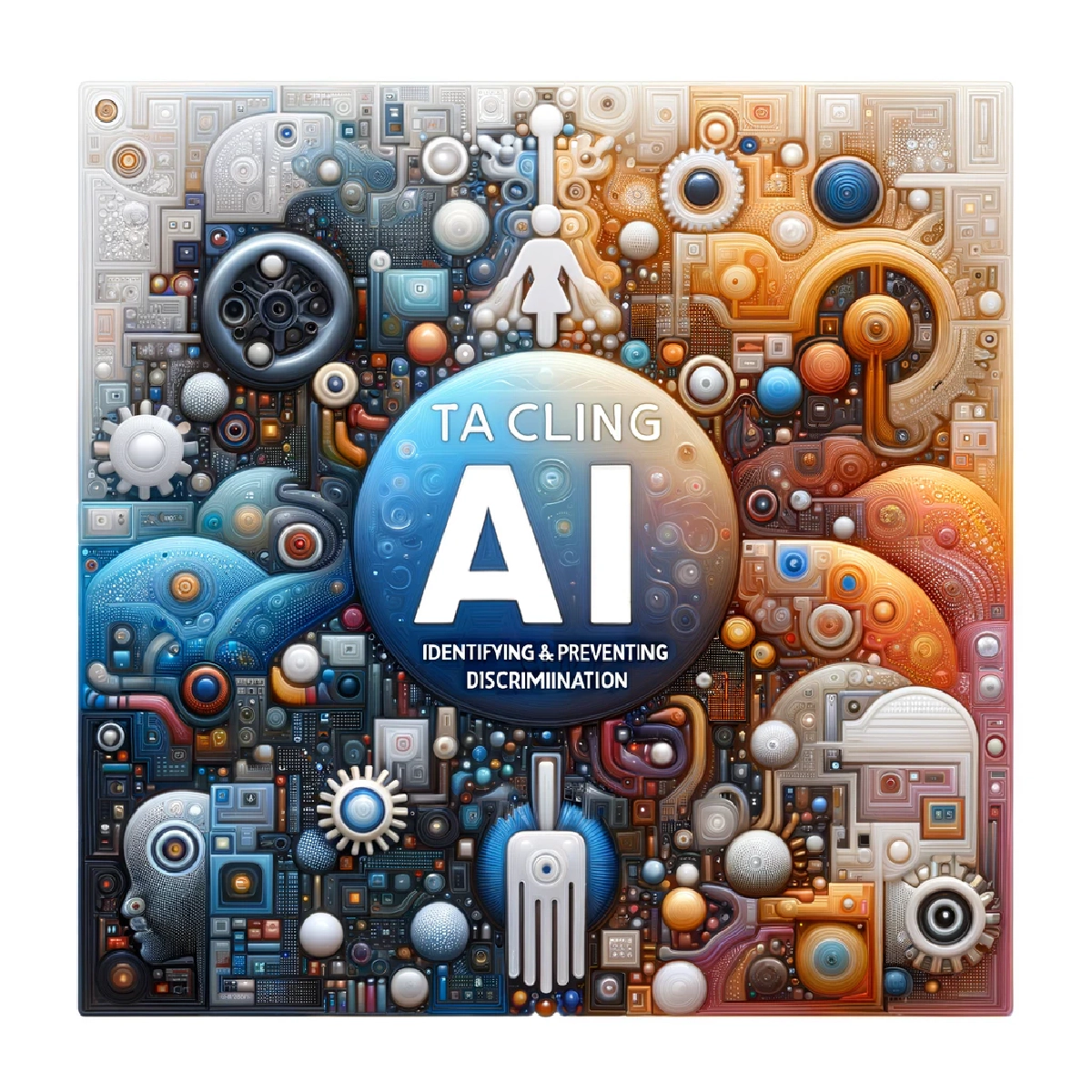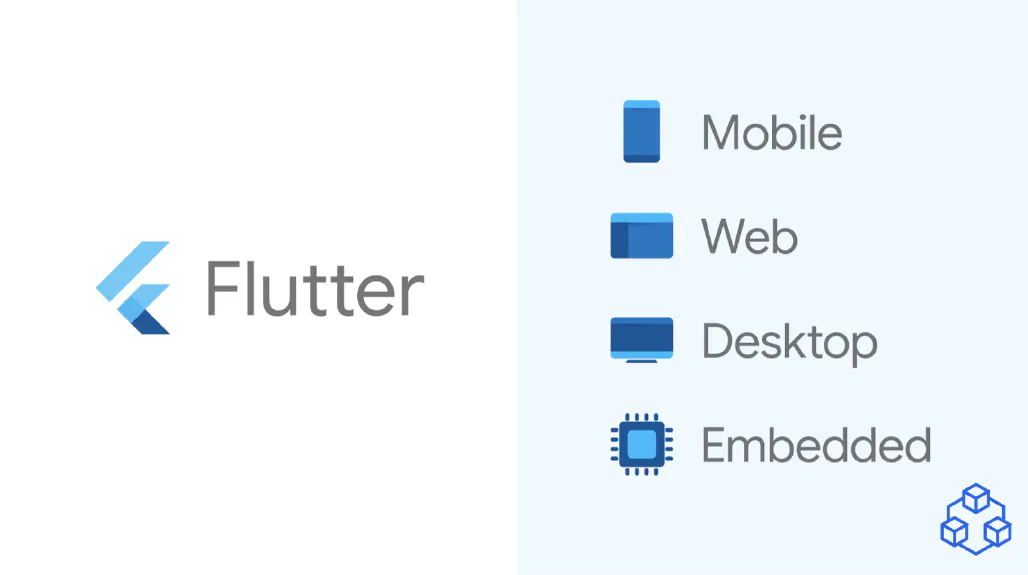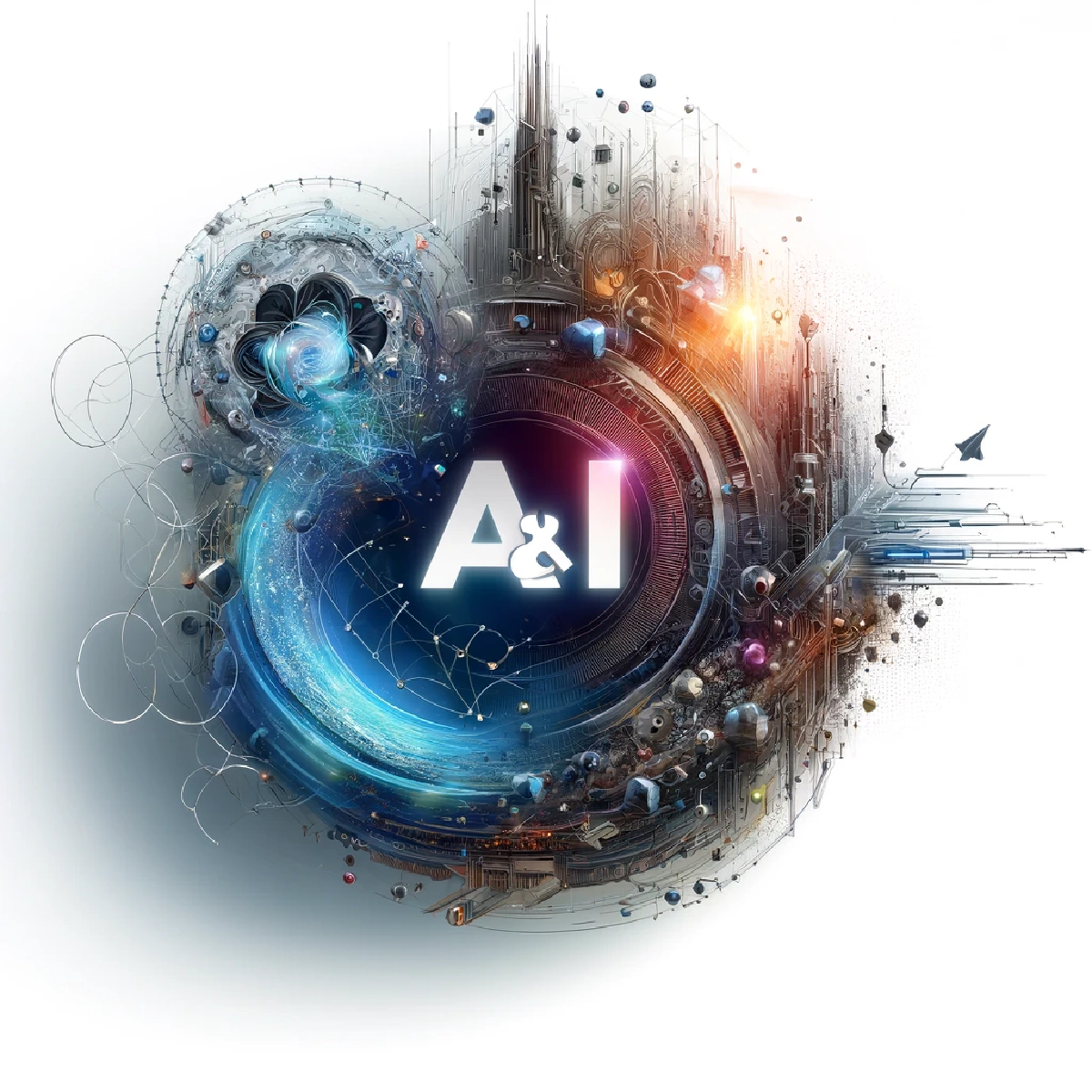
Tackling AI Bias: Identifying & Preventing Discrimination
13 Min read
Artificial intelligence (AI) has the potential to revolutionize numerous industries, but it is not without its pitfalls. …

In the rapidly evolving digital landscape, startups are constantly searching for efficient and cost-effective ways to bring their innovative ideas to market. Minimal Viable Product (MVP) development emerges as a pivotal strategy, enabling businesses to test, validate, and iterate their concepts with minimal risk. This comprehensive guide delves into why flutter mobile app development stands out as the ideal choice for crafting MVPs
Understanding the concept of Minimal Viable Products (MVPs) is crucial for startups striving to penetrate the market with new tech products or services. MVPs represent the most pared-down version of a product that can still be released to the public. The primary aim of an MVP is to test, validate, and refine a product’s core functionality with real users, while minimizing the initial development time and costs. This approach allows startups to gather valuable feedback early on, enabling iterative improvements that are closely aligned with market needs and user preferences.
In the landscape of software development, particularly within the realm of startups focused on the mobile and web applications, the Minimum Viable Product (MVP) stands as a foundational concept that leads to early market entry and iterative learning. An MVP is essentially the most basic version of an application that includes just enough features to satisfy early adopters and validate a product idea in real-world scenarios. The principal objective behind an MVP is to quickly gauge customer response to the core functionality, thus avoiding the extensive time and financial investment typically associated with developing a full-fledged product.
A pertinent example of MVP success is the initial launch version of Instagram, which started as a simple photo-sharing app with minimal features, focusing solely on the core value proposition. This approach allowed Instagram to quickly validate its market fit, leading to rapid growth and subsequent expansion of features based on user feedback.
In the journey of launching a new product or service, the Validation of Concept is a critical milestone that precedes wide-scale development and investment. This phase of MVP dedicated to testing the waters with your envisioned product to find out if there is a real demand in the market, and the product concept resonates with your target audience. An MVP plays a pivotal role here, serving as the experiment through which real feedback from potential users is received, without extensive resources.
graph LR A(MVP) --> B(Validate Concept) A --> C(Cost and Time Efficiency) A --> D(Iterative Improvement) A --> E(Reduced Risk)
In the realm of startup development, particularly when navigating the initial phases of bringing a technological product to market, the principles of cost and time efficiency are paramount. The goal for startups is to validate their product concepts rapidly and economically, ensuring they can pivot or proceed with minimal financial strain. You may wonder, so, this is an article about Flutter. How it’s connected? Well Flutter framework designed from the ground up to address these efficiency needs directly. Flutter’s single codebase philosophy allows for the development of applications that run seamlessly on both iOS and Android platforms, dramatically reducing development time and costs associated with building and maintaining separate codebases for each platform.
The story of Airbnb exemplifies concept validation perfectly. Initially, the founders simply listed their own living space to understand if strangers would pay to rent it. This basic idea, tested with a simple website, laid the groundwork for what would become a global phenomenon in the sharing economy.
In the dynamic world of software development, the process of iterative improvement stands as a cornerstone for crafting products that truly resonate with users. This process involves launching a product version, gathering feedback, and making continuous enhancements. One of the key benefits of iterative improvement is the ability to adapt to changing market conditions and user needs. By continuously refining the product based on real-world feedback and data, companies can ensure that their product remains relevant and competitive in a rapidly evolving landscape.
In the entrepreneurial venture of bringing a new software product to the market, minimizing risk is crucial to sustain through the unpredictable early stages of startup development. Adopting an MVP approach, particularly within the Flutter framework, serves as a strategic method for risk reduction. Flutter facilitates the creation of MVPs that are not only cost-effective but also allow for a rapid go-to-market strategy, thus significantly lowering the financial and time investment risks. This framework’s ability to deploy on both iOS and Android with a single codebase reduces the risk of platform-specific bugs and inconsistencies, enhancing the overall quality and user experience of the product.
An illustrative example of risk mitigation through Flutter can be drawn from the experience of Nubank, one of the largest independent digital banks outside Asia. By using flutter for mobile app development of the cross-platform app, Nubank was able to streamline its development process, keeping consistent performance across devices and platforms

In the competitive arena of mobile app development, Flutter is a game-changer, especially for MVP development where time, cost, and efficiency are of the essence. Flutter’s distinct advantage comes from its single codebase framework, which means - high-fidelity apps for both iOS and Android platforms simultaneously. This cross-platform capability not only accelerates development timelines but also ensures a consistent user experience across devices, a critical factor for gaining user acceptance and traction in the early phases of a product launch.
Flutter’s paradigm is single codebase that compiles for multiple platforms. This unique characteristic enables developers to write code once and deploy on both iOS and Android platforms with minimal adjustments. This cross-platform compatibility is not just a time saver but also a cost-efficient strategy, especially for startups looking to validate their MVPs in the real world quickly
This feature allows changes made in the code to be instantly visible in the app, without needing a full restart or losing the current application state. This real-time feedback loop significantly accelerates the development and testing phases, enabling developers to experiment with UI designs, fix bugs, or add new features with unprecedented efficiency.
The productivity gains are obvious with this feature make Flutter an indispensable tool for startups tight to the rapid MVPs, as detailed in the comprehensive guidance available at Flutter’s official documentation.
Flutter’s framework takes the creation of visually appealing user interfaces (UIs) to the next level, distinguishing itself as a premier choice for developers aiming to craft beautiful and intuitive mobile apps. At the heart of Flutter’s UI prowess is its comprehensive widget library, which allows the construction of complex, custom app interfaces with smooth animations and a native feel on both iOS and Android platforms
Flutter’s approach to performance is unparalleled in the realm of cross-platform frameworks, thanks to its engine architecture and the Dart programming language. Unlike traditional interpretation or bridging methods used by other frameworks, Flutter compiles to native code, which significantly enhances app performance. The performance aspect becomes even more significant when dealing with complex data processing or graphics-intensive applications.
Being open source, Flutter allows developers to inspect, modify, and contribute to its codebase. This leads to fastering innovation and continuous improvement of the framework. Collaborative ecosystem accelerates problem-solving and democratizes the development of new features and plugins, which is incredibly beneficial for everyone
The Flutter community, consisting of developers and enthusiasts worldwide, plays a pivotal role in extending the
framework’s capabilities. Real-world examples of community contributions include the creation of comprehensive packages
for integrating analytics, payments, and other essential services effortlessly into Flutter apps. For instance, the pub.dev repository, home to thousands of Flutter plugins and packages, showcases the community’s commitment to
enriching the ecosystem, making a wide array of functionalities readily available to developers.

Rapid development is a cornerstone of any MVP making flutter for mvp development and excellent choice. Expansive widget library, combined with the Hot Reload feature, plays a pivotal role in accelerating the development process
Cross-Platform Compatibility is another bullet for why flutter is the best for mvp. Allowing developers to write a single codebase that seamlessly runs on both Android and iOS platforms - means allowing your business to expand using saved resources on cross-platform development. This eliminates the need for separate development teams and significantly reduces the resources required to maintain and update apps for different platforms, making Flutter an ideal choice for startups seeking efficiency in their MVP development process. The intrinsic advantage of this compatibility is the uniformity of user experience across devices, ensuring that every user, regardless of their device, receives the same functionality and visual design.
Flutter’s distinctive approach to UI development is fundamentally powered by its widget-centric design, enabling an unmatched level of UI customization that is essential for startups looking to distinguish their MVP in a crowded marketplace. This enriched level of customization is afforded by an extensive catalog of readily available widgets that can be combined and configured to create unique, compelling interfaces without the overhead traditionally associated with custom UI development
One notable example that showcases Flutter’s customizable UI capabilities is the app “Google Ads”. Leveraging Flutter, the Google Ads app was able to implement a highly intuitive and visually appealing interface that aligns with Google’s sophisticated brand identity while providing a seamless user experience across both Android and iOS platforms
Flutter is celebrated for its high performance in application development, a critical aspect that startups must consider when building their MVPs. This performance edge stems from Flutter’s use of Dart, a language optimized for building highly responsive applications, and its compilation into native code, enabling apps to run directly on the device’s operating system without the overhead of a performance-degrading bridge. Such architecture ensures smooth animations and transitions that can operate at 60 frames per second, delivering a fluid user experience that is on par with that of native apps.
Ascendancy in the development ecosystem is in no small part due to its warm, collaborative community and ecosystem. The environment thrives on open-source contributions, extensive documentation, an array of third-party plugins, and helpful forums that guide startups through their MVP development journey. This rich ecosystem ensures that solutions to common (and uncommon) challenges are readily available, significantly lowering the barriers to entry for new developers and startups.
Yes, Flutter is an excellent choice for prototyping an MVP due to its fast development cycle, single codebase that runs on both iOS and Android, and a wide range of fully customizable widgets that accelerate the development process
Depending on the situation. Flutter’s cons is UI looks the same on all platforms - sometimes it doesn’t work for products. Overall, flutter for mobile app development is highly efficient because it enables a very quick and dynamic development process
Both Flutter and React Native have their strengths for MVP development. Flutter offers a faster rendering process and generally smoother performance, which can be crucial for graphics-intensive applications. React Native, on the other hand, might be preferable if you have prior experience with React framework or want fully native look
Flutter for mobile app development is highly accepted due to its efficient development capabilities, rich set of pre-designed widgets, and the ability to develop for both iOS and Android from a single codebase. It also has a robust community support and constant updates from Google also make it a reliable choice for developers.
The main advantage of using Flutter is its ability to provide a native-like performance and look across multiple platforms with a single codebase. This significantly reduces the time and resources needed to develop and maintain apps for both iOS and Android platforms.
A notable weakness of Flutter is its relatively large application output size compared to native apps. The framework needs to embed both the Dart platform and the app itself into the executable, leading to larger-than-average app sizes which could be a concern for some use cases.
Yes, Flutter and Dart is definitely worth learning in 2024 as it continues to grow in popularity and support. With its capabilities for cross-platform development, growing community, and strong backing by Google, learning Flutter can open up significant opportunities in mobile app development and beyond.

13 Min read
Artificial intelligence (AI) has the potential to revolutionize numerous industries, but it is not without its pitfalls. …

12 Min read
Quantum computing and artificial intelligence (AI) are two of the most revolutionary technological domains that are …
Looking for a solid engineering expertise who can make your product live? We are ready to help you!
Get in Touch